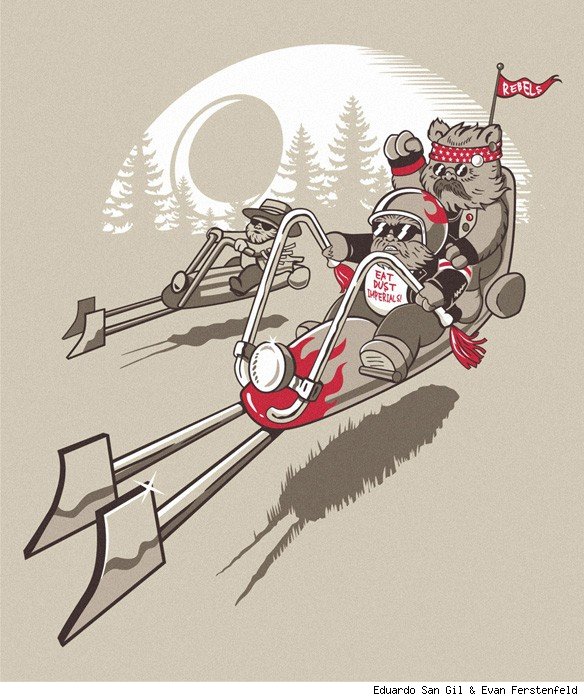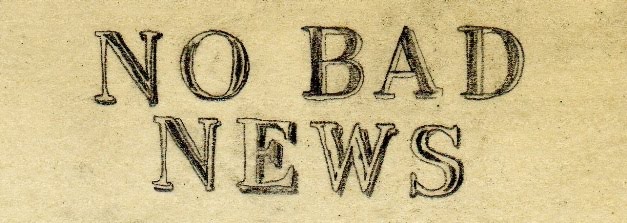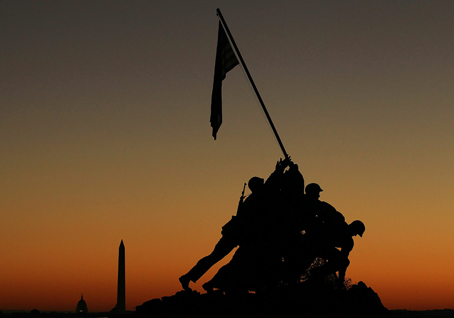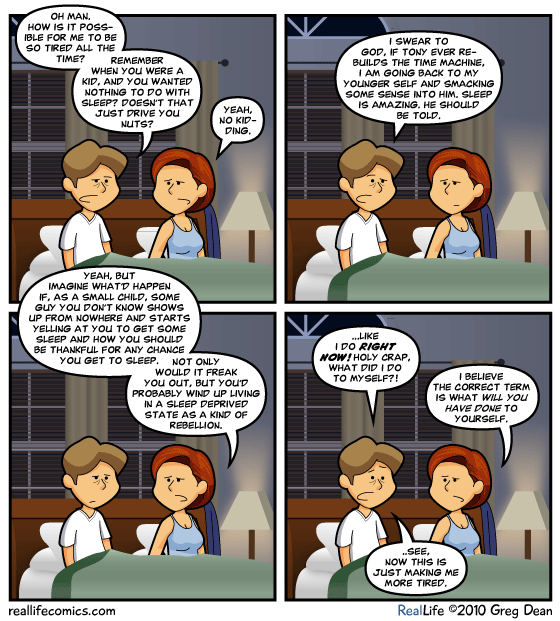Another quiet and lazy Sunday…
business and economy, dining and cuisine, everyday glory, food for thought, games, geekery, health, history, movies and TV, politics and law, science and technology, The Covet List, the world, trains/model railroads, Whiskey Tango Foxtrot...?! No Comments »This morning started off as a grey, drab-looking day… but the sun has put in an appearance. I’m good with that. After a quiet start to the day, we’ve done a little errand-running and shopping.
Yesterday was a low-key and fairly quiet day. We did a little errand-running in the late afternoon/early evening. I also put in a stop at The Train Shoppe; I picked up some more Superstreets. I have no idea where I’m going to use all of it, at this point, but I have it. I also fixed dinner last night: Baked teriyaki-marinated chicken and homemade macaroni-and-cheese, with a side salad. After that, we watched some shows on DIY and Food Networks and cleared a few more things off the DVR.
Chew on This: Food for Thought – Black History Month
Today’s item is The Apollo Theater (1, 2, 3)
The world famous Apollo Theater is so much more than a historic landmark – it is a source of pride and a symbol of the brilliance of American artistic accomplishment. With its rich history and continued significance, the Apollo Theater, considered the bastion of African-American culture and achievement, is one of the most fascinating chronicles in American history. It is one of the most famous music halls in the United States, and the most famous club associated almost exclusively with Negro performers. It is listed on the National Register of Historic Places, and was the home of Showtime at the Apollo, a nationally syndicated television variety show consisting of new talent.
An Apollo Hall was founded in the mid-19th century by former Civil War General Edward Ferrero as a dance hall and ballroom. Upon the expiration of his lease in 1872, the building was converted to a theater, which closed shortly before the turn of the 20th century.
However, the name “Apollo Theater” lived on. In 1913 or 1914, a new building, designed by the architect George Keister, opened at 253 West 125th Street as Hurtig and Seamon’s New (Burlesque) Theater. In 1933 Fiorello La Guardia, who would later become New York City’s Mayor, began a campaign against burlesque. Hurtig & Seamon’s was one of many theaters that would close down. Sidney Cohen reopened the building as the 125th Street Apollo Theatre in 1934 with his partner, Morris Sussman serving as manager. Cohen and Sussman changed the format of the shows from burlesque to variety revues and redirected their marketing attention to the growing African-American community in Harlem.
Ella Fitzgerald made her singing debut at 17 at the Apollo, on November 21, 1934. Fitzgerald’s performances pulled in a weekly audience at the Apollo and she won the opportunity to compete in one of the earliest of its “Amateur Nights”. She had originally intended to go on stage and dance, but intimidated by the Edwards Sisters, a local dance duo, she opted to sing instead.
The Apollo grew to prominence during the Harlem Renaissance of the pre-World War II years. In 1934, it introduced its regular Amateur Night shows hosted by Ralph Cooper. Billing itself as a place “where stars are born and legends are made,” the Apollo became famous for launching the careers of artists such as Ella Fitzgerald, Billie Holiday, James Brown, Diana Ross & The Supremes, Gladys Knight & the Pips, The Jackson 5, Patti LaBelle, Marvin Gaye, Luther Vandross, Stevie Wonder, Aretha Franklin, Ben E. King, Mariah Carey, The Isley Brothers, Lauryn Hill, and Sarah Vaughan. The Apollo also featured the performances of old-time vaudeville favorites like Tim Moore, Stepin Fetchit, Dewey “Pigmeat” Markham, Clinton “Dusty” Fletcher, John “Spider Bruce” Mason, and Johnny Lee, as well as younger comics like Godfrey Cambridge. One unique feature of the Apollo was “the executioner” a man with a broom who would sweep performers off the stage if the highly vocal and opinionated audiences began to call for their removal. Jimi Hendrix won the first place prize in an amateur musician contest at the Apollo in 1964. The Jazz Foundation of America has celebrated its annual benefit concert, “A Great Night in Harlem”, at the Apollo Theater every year since 2001.
The club fell into decline in the 1960s and 1970s, and was converted into a movie theater in 1975. The Apollo was revived in 1983, when Inner City Broadcasting, a firm owned by former Manhattan borough president Percy E. Sutton purchased the building. It obtained federal, state, and city landmark status, and fully reopened in 1985. In 1991, the Apollo was purchased by the State of New York.
On December 15, 2005, the Apollo Theater launched the first phase of its refurbishment, costing an estimated $65 million. The first phase included the facade and the new light-emitting diode (LED) marquee. Attendees and speakers at the launch event included President Bill Clinton, New York Mayor Michael Bloomberg and Time Warner CEO Richard Parsons.
As of 2009 it is run by the nonprofit Apollo Theater Foundation Inc., and draws an estimated 1.3 million visitors annually.
Stray Toasters
- Train show in T minus five days and counting…
- Why are America’s largest corporations paying no tax?
- I have found a ring maker who might just have an item that needs to go on The Covet List…
- Two planets found sharing same orbit
- Sword of Fargoal — addictive dungeon crawler for iOS
- The Likability of Angry Birds (from The Oatmeal):


- HIPAA Bares Its Teeth: $4.3M Fine for Privacy Violation
- From the “Whiskey Tango Foxtrot…?!” file: Zimbabwe Professor Arrested, Tortured for Watching Viral Vids
- Articulated cardboard Cthulhu
Namaste.




































